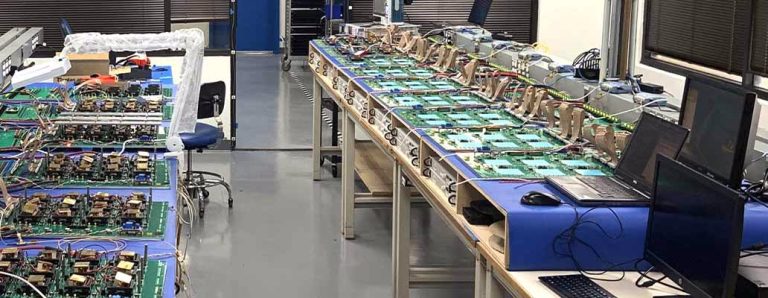POA&Ms in Addressing Compliance Gaps After a CMMC Assessment
Post Preview
Sometimes, it’s not the failures that hurt—but the slow response to fix them. After a CMMC assessment, businesses often walk away with a list of things that didn’t meet expectations. That’s where a smart, well-documented POA&M (Plan of Action and Milestones) becomes more than a requirement—it becomes the game plan.
Leveraging POA&Ms to Bridge Critical Compliance Shortfalls
When organizations fall short of certain CMMC compliance requirements, that doesn’t mean all is lost. A properly developed POA&M gives structure to the recovery process. Rather than scrambling or pushing off necessary changes, it gives leadership a clear map of what went wrong, why it matters, and how to fix it in measurable steps. Especially in environments working toward CMMC level 2 requirements, this becomes a practical way to regain ground without halting operations.
For businesses handling controlled unclassified information (CUI), POA&Ms give a chance to course-correct with accountability. It shows that although not every box was checked during the CMMC assessment, there’s a plan in place to close those gaps methodically. And more importantly, it keeps those corrections visible and prioritized—so teams can act before the risk expands.
Accelerating Gap Closure Through Prioritized POA&M Strategies
Not every compliance issue carries the same weight. Some are minor configuration fixes, while others leave systems wide open to potential compromise. That’s why POA&Ms must go beyond simply listing tasks—they need to rank them by risk. An organized approach allows teams to tackle high-impact items first, ensuring that the most serious issues don’t linger.
When working through CMMC level 1 requirements or preparing for level 2, this kind of prioritization is critical. It lets organizations focus energy on what matters most: securing data, improving processes, and meeting CMMC requirements before the next audit cycle. With this kind of structure, a POA&M doesn’t feel like red tape—it feels like a workflow that keeps the mission on track.
POA&Ms as Tactical Roadmaps for Rapid CMMC Remediation
Without a roadmap, it’s easy to stall. POA&Ms break down broad goals into realistic, actionable steps. Whether it’s implementing multi-factor authentication or tightening access controls, these milestones give technical and compliance teams a way to work together and move with purpose. Each milestone achieved is one step closer to full compliance—and every step is traceable.
In practice, this turns the aftermath of a CMMC assessment into a proactive sprint instead of a slow crawl. The plan helps different departments align on timing, tools, and budgets. It also removes the guesswork, replacing vague intentions with scheduled actions and realistic timelines. This level of tactical clarity helps reduce confusion and keeps remediation work from falling behind.
Ensuring Audit Confidence with Transparent POA&M Documentation
When assessors return, they don’t just want to see improvements—they want to see evidence of effort. A clear, updated POA&M shows that your organization didn’t just take the assessment seriously but followed through with structured intent. That kind of transparency builds trust, even if not every fix is 100% complete by the next review.
POA&Ms can even work in your favor during a re-assessment. By clearly documenting progress, pending tasks, responsible personnel, and deadlines, companies show that they’re organized and responsive. For teams juggling CMMC compliance requirements across multiple departments, this documentation becomes a critical tool that keeps all efforts aligned and auditable.
Transforming Assessment Findings into Actionable Security Measures
A failed control isn’t just a box left unchecked—it’s often a sign that something in the security environment isn’t working. A strong POA&M doesn’t just fix the paperwork; it improves the security posture itself. The best teams use their plans to make lasting changes, not just to pass the next audit but to protect what matters long-term.
Turning findings into action is where technical know-how meets planning discipline. It’s not just about ticking off tasks; it’s about identifying root causes and choosing improvements that strengthen the organization. Whether that’s upgrading logging systems or changing internal protocols, this approach keeps security front and center, not just compliance for compliance’s sake.
Reducing Compliance Risk Exposure with Focused POA&M Execution
Letting compliance issues sit unresolved only increases exposure. Risk grows while timelines stretch, and the longer a vulnerability is left open, the more damage it can do. POA&Ms, when executed with urgency and focus, actively reduce this risk. They guide teams to close the most dangerous doors first and stop guessing where to begin.
For contractors working in defense or aerospace, the pressure to meet CMMC level 2 requirements is more than procedural—it’s contractual. Delays in compliance can lead to penalties or lost contracts. Focused POA&M execution turns that pressure into action. It shifts the mindset from reactive to preventive and helps businesses build a reputation for responsibility and readiness.






